Save More Than Just Money with These 18 Eco-Friendly Home Coffee Tips
It’s easy to fall into the routine of grabbing a cup from your local cafe or using single-serve cups for convenience. We’ve all done it.
But have you ever stopped to think about how these habits impact the environment?
If you’re thinking that it’s time to make some changes and become more eco-friendly with our coffee practices, you’re in the right place.
Here is a list of 18 things you can do right now to help make coffee consumption environmentally friendly.
1. Ditch single-serve cups, coffee pods, and capsules
I’ve noticed many people like the ease and convenience of single-serve cups, coffee pods, and capsules like those from Nespresso, Keurig, and so on. The boom started in the 2010s, but as of 2019, 41% of Americans own a single-cup coffee maker. That is an astonishing number, it’s a massive market.
What people don’t realize is the environmental impact that comes with the convenience of coffee pods. They may seem harmless, but the truth is that they are often made up of non-recyclable materials (aluminum, single-use plastics) that end up in landfills or, worse, in our oceans and seas.
I was pretty alarmed when I saw this statistic from 2013 of how Keurig produced 8.3 billion K-Cups, enough to wrap around the equator 10.5 times. Imagine how much more that is today. To address this, the company now sells K-cups made of polypropylene which are recyclable but still not compostable and reusable, so the sustainability problem remains. And let’s be honest, most people don’t recycle their pods.
2. Use more manual brewing methods
With manual coffee brewing, there’s no need for electricity or single-serve capsules. Not only do these methods allow for more control over your brew’s flavor and strength, but they also eliminate the need for disposable cups or pods.
Choose from any of the following ways to make coffee, and you’re leaps and bounds ahead of coffee pod users:
- French Press is known for its bold flavor and full-bodied texture.
- Aeropress produces a smooth and clean taste.
- Moka pots are perfect for espresso-style drinks at home.
- Turkish pots offer a rich and aromatic brew.
- The Chemex and single-cone pour-over methods produce a bright and crisp cup of coffee with no sediment or bitterness.
- Vacuum pots require more effort to learn, but their aesthetic setup uses science-based techniques to create a delicate yet flavorful beverage.
- Stovetop percolators offer a nostalgic aroma and robust flavor.
3. Reusable filters and unbleached paper filters
Reusable filters, such as stainless steel mesh or cotton cloth filters, can be washed and reused multiple times, reducing waste in the long run. They also allow for more oils and flavors from the coffee to pass through, resulting in a richer taste.
However, they require extra cleaning and maintenance to avoid the buildup of residue or mold.
On the other hand, unbleached paper filters are compostable and biodegradable, making them an excellent option for those who prioritize convenience. They also produce less sediment and require no cleaning. Just make sure to compost them along with your used coffee grounds.
4. Cold brew coffee: an energy-saving option
If you’re looking for an energy-saving option to make your coffee during warmer months, cold brew is a popular and eco-friendly alternative to traditional hot-brewed coffee.
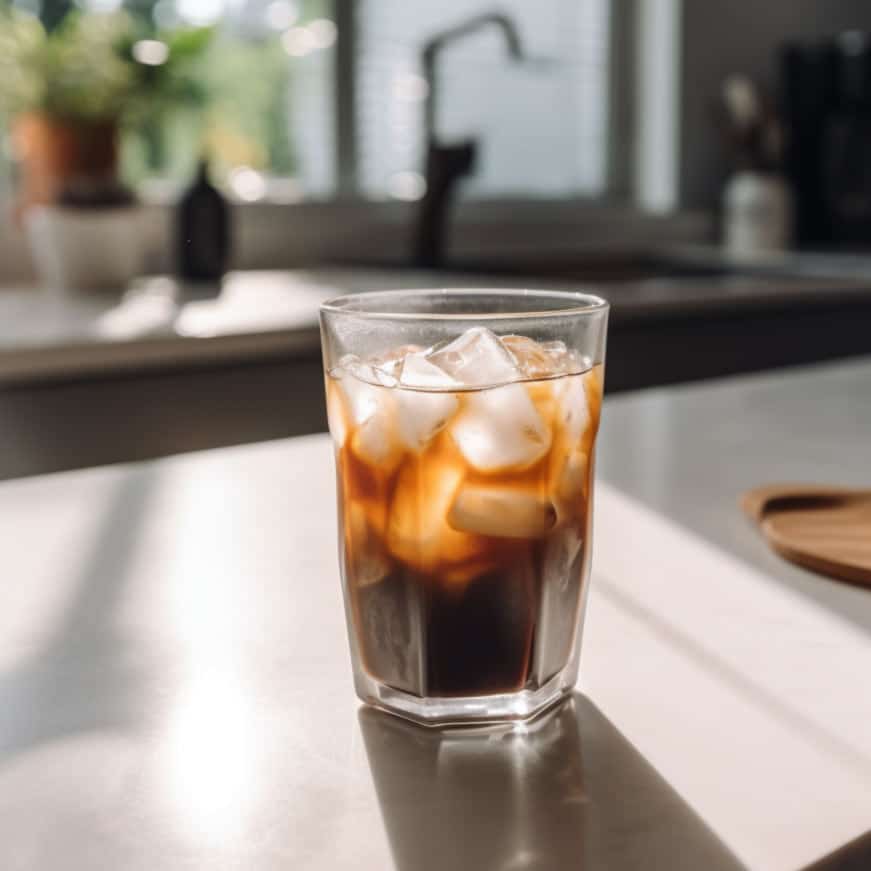
Simply steep your coffee beans in cold water overnight and enjoy a refreshing cup without turning on your coffee maker. No energy is needed to warm up the water, and the resulting taste is considered to be better than most other brewing methods by many baristas I’ve talked to.
If you like dark roast coffee beans, you’ll love cold brew.
5. Buy locally roasted beans
When you buy locally, not only are you supporting your community, but you are also reducing carbon emissions associated with transportation. Look for cafés and small roasters in your area who source their beans ethically and roast them in-house.
Just search for “coffee roaster near me” or “specialty coffee near me” in Google 🙂
6. Purchase beans in bulk to reduce packaging waste
Many coffee shops now offer bulk bins where customers can refill reusable containers such as mason jars or airtight containers with fresh-roasted beans. Just make sure to store your beans properly when you get home.
This reduces plastic waste and often saves money compared to buying pre-packaged bags.
The problem with this is that roasted coffee beans lose most of their aroma at the 1-month mark, so you can’t buy too much.
7. Grind your own beans for maximum freshness
Few things smell as good as freshly ground beans, but it’s not just for the sensory experience that I’m recommending this.
When you buy pre-ground coffee, it comes packaged with excess plastic and paper waste, not to mention the potential for chemicals used in the preservation process.
By contrast, when you purchase whole-bean coffee in bulk from a local coffee shop/roaster and grind it yourself at home, you create less packaging waste, and you will be drinking fresher coffee.
8. Opt for fair trade and organic options
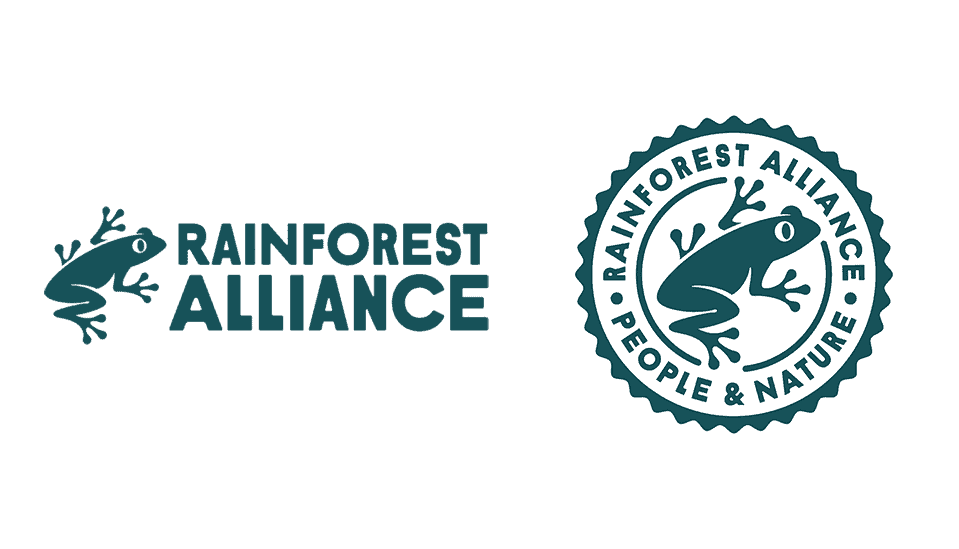
They’re not just fancy labels and logos.
Buying fair-trade coffee beans means you support farmers who have been paid a fair price for their produce and work under safe conditions.
It also means that they can invest in sustainable farming practices, such as shade-grown coffee, which provides a habitat for wildlife and preserves soil health. (Check out these shade-grown coffee beans from around the world as well.)
Sustainable coffee brands with organic certifications indicate that the beans were grown without synthetic pesticides or fertilizers, which can harm the environment and the workers handling them.
9. Heat only the necessary amount of water
I cannot stress enough how important this step is. This used to be a bad habit of mine, it always bothered me that I was pouring out boiled water, but didn’t change my habit for a long time. It led to higher utility bills and wasted resources.
When you pay attention to how much water you’re heating, you save energy to reduce your carbon footprint and save water as well.
Let’s not waste our resources anymore.
10. Use a reusable coffee scoop or measuring spoon
This may seem like such an insignificant step but believe me, small actions add up in the long run, both good and bad. Did you know that around 138 billion plastic coffee stir sticks get thrown away globally each year?
If you find yourself using stir sticks, spoons, or scoops, long-lasting options like metal or even bamboo are better than their disposable alternatives.
11. Bring your own reusable mug or tumbler
Think about it. Every time you purchase a cup of coffee on the go and use disposable cups, you contribute to the staggering amount of single-use waste in landfills. In the US alone, 50 billion coffee cups are thrown away yearly. I don’t even want to think about how many there are world-wide.
One easy way to avoid making it worse and still get your daily cup of joe is to bring your own reusable mug or tumbler. Not only does it cut down on disposable cup usage, but many coffee shops even offer discounts for customers who bring their own cups.
I always have a clean tumbler in the car, it is much more satisfying drinking from my own cup. Especially since Starbucks here in Budapest doesn’t have ceramic mugs anymore. Even if you drink it at Starbucks, you still get a paper cup. What a slap to the environment!
12. Repurpose coffee bags or recycle through TerraCycle
Instead of throwing away empty coffee bags, consider repurposing them. Some creative ideas include using them as gift wraps or making DIY coasters or placemats.
If you’re not feeling crafty, let someone else recycle for you. TerraCycle is available in many countries now, you can send them your collected coffee bags.
13. Reuse coffee containers for storage or DIY projects
If we’re talking about repurposing, don’t forget about reusing those old coffee containers. They make great storage solutions for pantry items like rice and beans, or they can even be decorated and repurposed as plant pots or candle holders.
14. Compost used coffee grounds
But what about those used coffee grounds? Instead of tossing them in the trash, why not compost them? Coffee grounds are rich in nitrogen and other nutrients that can benefit your garden. Simply add them to your compost pile and other organic matter like leaves and food scraps, and you’re good to go.
Here are some more tips on recycling coffee grounds as well.

15. Clean your coffee equipment with eco-friendly cleaning agents
Cleaning your drip coffee maker or any machine should be done regularly using natural cleaning products like vinegar, baking soda, or lemon juice. These household items can effectively remove mineral buildup without introducing harmful chemicals into the water supply.
You don’t really need to use chemicals, I have a bunch of how to clean your coffee brewer articles here.
You can easily find these natural cleaning ingredients in your pantry, so try them. I think you’ll see for yourself how effective they are.
16. Regularly descale your coffee maker to prolong its life
One key aspect of maintaining your coffee maker is descaling it regularly. Over time, mineral deposits (aka limescale) from hard water will build up inside your machine and affect its performance. This happens even if you are using filtered water, just slower.
Descaling removes these deposits and helps keep your coffee maker functioning optimally.
How does this help make coffee-making more sustainable? It helps reduce the need for replacements. I know a basic drip coffee machine only costs $40, but try to get as much life out of it as possible.
17. Properly dispose of old coffee makers and appliances
If it’s time to replace an old espresso/coffee machine or grinder, don’t just toss them in the trash. They should be recycled.
Many cities have electronic waste recycling centers where you can safely drop off your old devices. Most electronics stores have them as well.
Some manufacturers even offer take-back programs where they will responsibly dispose of their products for you.
18. Upgrade to energy-efficient coffee equipment when possible
If you must have powered coffee machines, choose wisely.
Energy-efficient coffee makers are designed to use less power than traditional models without sacrificing performance. They often feature advanced technology that regulates temperature and brewing time.
Additionally, many newer models include programmable settings so you can have hot, fresh coffee waiting for you each morning without wasting energy.
Final thoughts
To sum it up, there are plenty of eco-friendly approaches to brewing and enjoying coffee. Choosing the right brewing method, sourcing sustainable beans, reducing waste in our coffee routine, cleaning equipment with green agents, and upgrading appliances when possible can all make a difference.
Little changes here and there add up over time – they save money while also helping the planet.
As someone passionate about sustainability, I encourage you to try some of these tips on your home brews. Not only will you feel good knowing that every cup positively impacts the environment, but they taste great too.



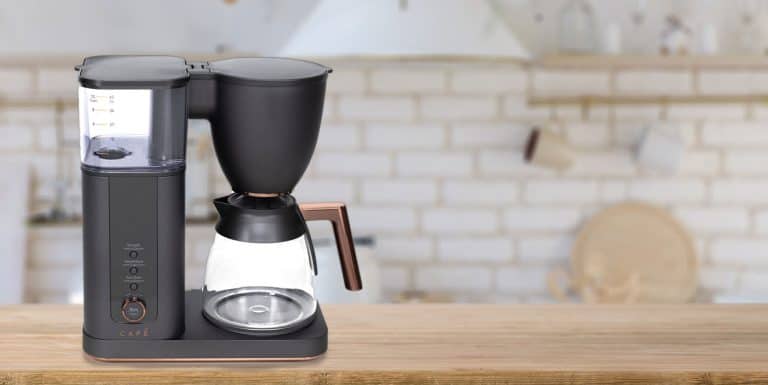
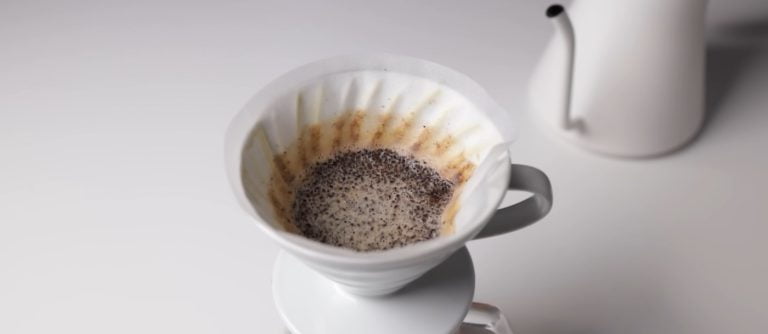

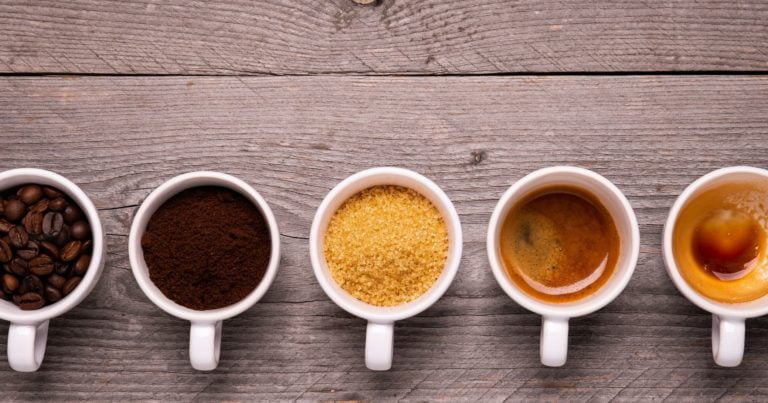
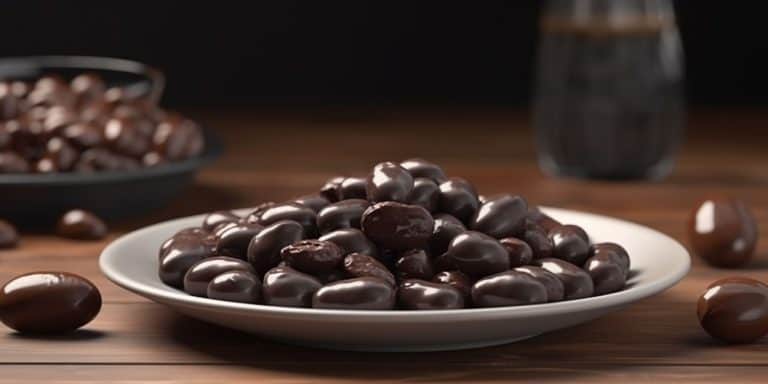

Being a hardcore gamer and content creator, I’ve learned that having an energy-efficient setup is crucial. Your tip about manual brewing methods really hits home. After reading your article, I ditched my old pod-based machine in favor of a classic French Press. Not only does it save on electricity, but the bold flavor is a game-changer during long streaming sessions. I definitely didn’t expect that moving away from tech would be such a win in the coffee department.